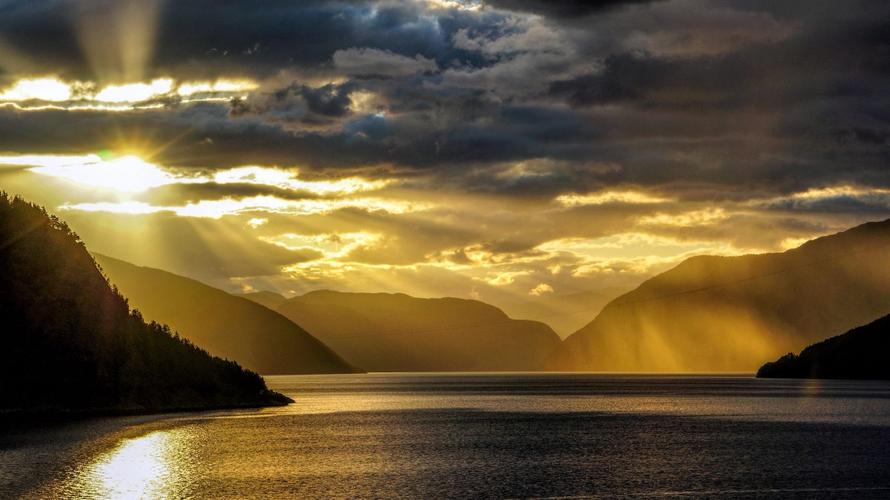Exploring the Wonders of Peruvian Culture: A Guide to the Country’s Rich History and Traditions
Peru, the third-largest country in South America, is widely known for its diverse landscapes, including the Amazon rainforest, the Andes Mountains, and the coastal desert. However, what distinguishes Peru from other Latin American countries is its rich cultural heritage, which is the result of the fusion of indigenous, African, and European cultures. In this article, we will provide a guide to Peru’s cultural wonders that will take you on a virtual journey to this vibrant and fascinating country.
The Origins of Peruvian Culture
Peru’s cultural heritage can be traced back to over 15,000 years ago, when the first nomadic hunter-gatherers settled in the country’s coastal regions. Later on, several civilizations emerged, each with its distinctive architectural, artistic, and religious expressions. The most famous of these include the Chavín, Moche, Nazca, and Inca cultures.
The Inca Civilization
The Inca Empire, which lasted from the 13th to the 16th century, is undoubtedly the most well-known of Peru’s ancient cultures. The Incas were skilled engineers, farmers, and artisans who built impressive structures, including Machu Picchu, a mountain citadel that remains one of the world’s most popular tourist destinations. The Incas also had a complex religious system and worshiped numerous gods and goddesses, including the sun god, Inti, and the earth goddess, Pachamama.
Traditional Peruvian Music and Dance
Music and dance are integral parts of Peruvian culture and play a significant role in religious and secular ceremonies. Peruvian music is a fusion of indigenous, African, and European styles and instruments, including the Andean panpipe, the cajón, and the guitar. Some of the most well-known Peruvian dances include the huayno, marinera, and festejo.
Peruvian Cuisine
Peruvian cuisine is renowned for its diverse flavors and ingredients, which reflect the country’s varied geography. Some of the most popular Peruvian dishes include ceviche, a dish of raw fish marinated in lime juice and spices, lomo saltado, a stir-fry of beef, onions, and tomatoes, and anticuchos, grilled beef heart skewers. Peruvian cuisine has gained international recognition in recent years and has been awarded the title of “World’s Leading Culinary Destination” eight times by the World Travel Awards.
Festivals and Celebrations
Peruvians love to celebrate, and there are numerous festivals throughout the year that reflect the country’s cultural diversity. The most significant of these include Inti Raymi, the Andean New Year, which is celebrated in Cusco every June; Carnaval, a three-day celebration that takes place in February or March; and Fiestas Patrias, Peru’s Independence Day, celebrated on July 28 and 29.
Conclusion
Peru’s rich cultural heritage is a testament to the country’s long and complex history. From ancient civilizations to modern-day celebrations, Peruvian culture is a fascinating blend of indigenous, African, and European influences. Whether you’re interested in architecture, music, cuisine, or festivals, Peru has something for everyone. So, start planning your trip to this unique and beautiful country, and be prepared to be amazed by its wonders!
(Note: Do you have knowledge or insights to share? Unlock new opportunities and expand your reach by joining our authors team. Click Registration to join us and share your expertise with our readers.)
Speech tips:
Please note that any statements involving politics will not be approved.
